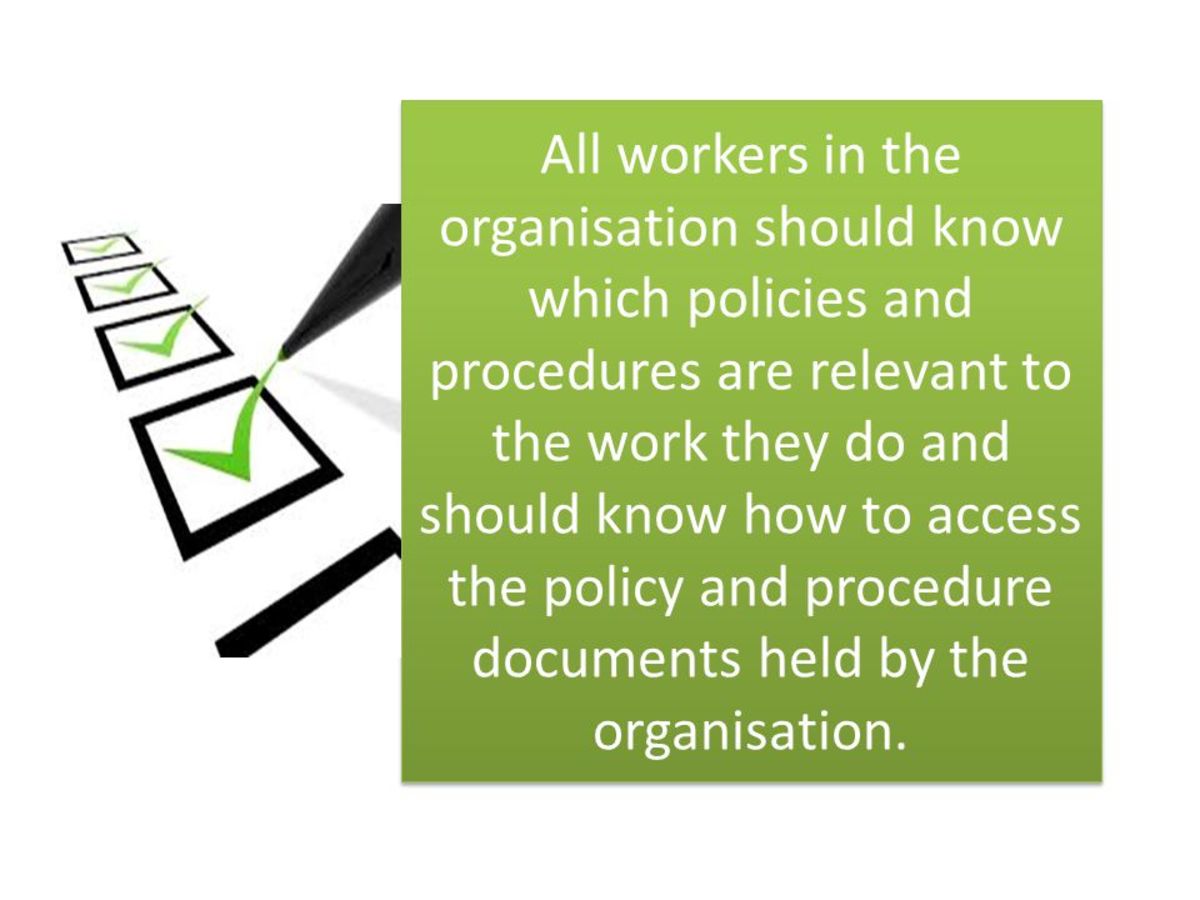Speech Analytics - the True Voice of the Customer
What is speech analytics?
Speech Analytics is very much as it sounds. Or to put it in terms only British people might understand "it does what it says on the tin"!
We've all called a contact centre and been told the call will be recorded for quality or security purposes. Speech Analytics is an analytics process that (depending on your package) uses speech to text or phonetics to identify what your customers or staff are saying.
For example, as the end user you may build a category to identify calls where customers are unhappy. You might do this by using terms such as the following.
"I'm not happy"
"This is disgusting"
"Outrageous"
"I want to speak to a manager"
"how do I complain"
"do you know who I am"
The more phrases you build into a category and refine their importance the more accurate that category will be. It is also important to write your categories in such a way as to remove out of context statements. More about this later.
But back to my point. You've now built your category to identify customers that are really unhappy. Perhaps this category achieves hits on 5% of your calls.
So what?
So you have your speech categories live.
5% of your customers are unhappy! We know this because the category you expertly built and tested to exhaustion tells us so. But why?
Knowing that 5% of your customers are unhappy tells us nothing. Well nothing especially useful, unless for some bizarre reason you just get a kick out of those kind of stats. But assuming you don't, you need to know why they are unhappy.
Fortunately you have not just one category you have many.
In this hypothetical example you are a large sportswear retailer. With this in mind you have built categories for all your major brands, for footwear, for swimwear etc. You may also build categories for price, delivery speeds and costs and whatever else you feel is relevant. I am not an expert in sportswear retailing. Perhaps you are?
Of your 5% of calls where your customers are unhappy 61% of those calls have a mention of Nike and of that 61% a further 92% mention swimwear.
This is a crude example and rarely is any analysis this straight forward be it speech or otherwise, but you get the idea.
By overlaying different categories you can get a true understanding of the reasons your customers may be unhappy. Because they are telling you.
Speech Analytics is the purest way to establish the what the Voice of the Customer is actually saying.
Building Speech Categories
Let me talk about categories in a little more detail.
Different systems use different syntax in order to build categories. Some systems may not even call them categories but the fundamentals of how we speak and how we capture this is at the basis of capturing what is relevant to your organisation.
For example. If you wanted to capture the phrase. "I want to pay for bill please" think about all the ways someone may say this.
"Can I pay?"
"I wanna pay!"
"Can I settle the bill?"
That is just a few of the near endless examples of the ways people speak. Taking this example a little further we may be able to narrow it down a little.
When are people most likely to pay? Well that depends on the type of organisation. But for the purposes of this example we will assume customers usually pay at the end of a call after other transactions are complete.
So we may right an instruction such as END:60("Pay my bill"). This specifies that you want the system to look only in the last 60 words.
In all likelihood this would not work. 60 Words is far less than you think and is probably taken up with pleasantries at the end of the call. "have a nice day" "thanks for calling" etc. That said the principle remains sound.
It's also worth thinking about how people actually speak. There are often far too many variations of a sentence to ever be confident you will have caught them all.
"I want to order to fish"
"I want to buy some fish"
"How much for that fish"
"I want some fish"
"I want your nicest fish"
"How much is the fish"
Above is 6 example of people asking about buying fish. You can try and write every variation you can think of. Maybe you can think of thousands. I usually get bored at around 20.
But you don't have to think of thousands. you can instead say returns me result where...
Want is near fish. You might write this as - want NEAR fish! This instruction literally says where these two words appear close to each other (close maybe 3 or 5 or 6 words, as defined by you) return me the results. We have captured 4 of the 6 terms.
This is not intended as a full instruction but other example include the AND function. This may be used where you want to capture the above but only for a specific kind of fish. So you may have want NEAR fish AND salmon. This will then return the same results as the above, but only where the word salmon appears elsewhere in the conversation.
The more layers you build within your category the more effective it will be. Is it a lot of work? Yes it is! But once it's done you sit back and watch the data roll in.
Speech Analytics is not perfect.
As with all technologies speech analytics falls somewhat short of perfection. The system I use takes speech and converts to text and the analysis is carried out. Other versions use phonetics.
Speech to Text can be problematic. Words can be pronounced in many different ways, regional dialects, thick accents, colloquialisms and more. Our ears might instinctively understand a sentence whether it is said by a Texan or a Scot or a Dane if they are all speaking English, speech analytics does not.
"How you Doing?" could be "What you Chewing?". It seems like a poor example, but in truth it's not I have seen some very odd transcription errors.
However falling somewhat short of 100% accuracy does not mean you cannot gain the same benefit from 80% accuracy.
Have you ever read a book and only skimmed certain pages but still come away with the flow and meaning intended by the author?. You may have missed some of the details but the content remains decipherable from the part you read.
To return to categories briefly, if they are well built, well tested and thought through you'll get what you need.
© 2019 ThoughtMonkey








